Electric vehicles have revolutionized the automotive world, promising lower running costs and reduced environmental impact. However, not all EVs deliver on these promises equally.
Some models excel with impressive efficiency, minimal maintenance requirements, and strong residual values, which translate to significant savings over their lifetime.
Others, despite their zero-emission credentials, may surprise owners with unexpectedly high operational expenses, from rapid depreciation to costly repairs and inefficient energy consumption.
This guide explores five electric vehicles that genuinely deliver exceptional value through their low running costs, making them smart financial choices for the long term.
We’ll examine how these standout models combine affordable purchase prices, superior efficiency, minimal maintenance needs, and strong resale values to create a compelling ownership proposition.
We’ll also identify five EVs that, despite their potential appeal in the showroom, may prove disappointing from a financial perspective.
These vehicles illustrate how factors like premium pricing without proportional benefits, questionable reliability, inefficient designs, and rapid technological obsolescence can undermine the economic case for certain electric models.
Whether you’re considering your first EV or looking to upgrade, understanding these distinctions can help you make a more informed decision that aligns with both your environmental values and financial goals.
5 EVs With Low Running Costs
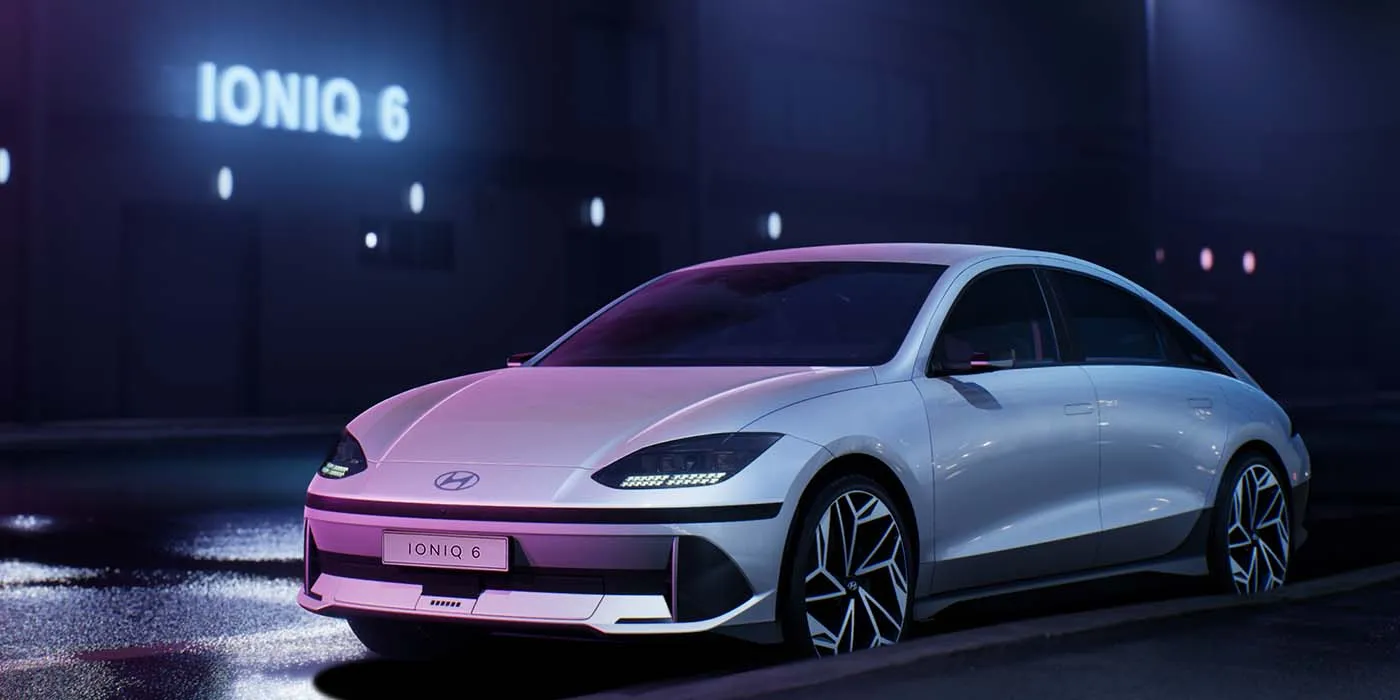
1. Hyundai Ioniq 6
The Hyundai Ioniq 6 stands as a masterclass in electric efficiency, boasting one of the industry’s lowest energy consumption rates at just 13.9 kWh/100km.
This remarkable efficiency directly translates to reduced charging costs, with owners typically spending 30-40% less on electricity compared to less efficient premium EVs.
The streamlined aerodynamic design, with its drag coefficient of just 0.22, plays a crucial role in this efficiency, allowing the Ioniq 6 to extract maximum range from its battery pack.
Maintenance costs further cement the Ioniq 6’s position as a cost-effective option. Hyundai’s comprehensive 10-year/100,000-mile battery warranty provides exceptional peace of mind regarding the most expensive component, while the simplified drivetrain requires minimal servicing beyond tire rotations and cabin filter replacements.
The regenerative braking system significantly reduces brake wear, with many owners reporting brake pads lasting beyond 70,000 miles, nearly double the lifespan typical in conventional vehicles.
The Ioniq 6’s 800-volt architecture brings additional long-term savings by enabling ultra-fast charging that minimizes degradation. This advanced system maintains battery health more effectively than 400-volt alternatives, preserving range and performance over time.
The vehicle’s over-the-air update capability means software improvements arrive without dealership visits, keeping the car technologically current without additional expense.
Insurance costs for the Ioniq 6 typically undercut premium EV competitors by 15-20%, thanks to excellent safety ratings and reasonable repair costs.
The model also demonstrates strong depreciation resistance, retaining approximately 65% of its value after three years, well above the EV segment average.
For budget-conscious drivers, the mid-range trim offers the optimal balance of features and affordability, avoiding the diminishing returns of the highest specification models without sacrificing essential technology or comfort.
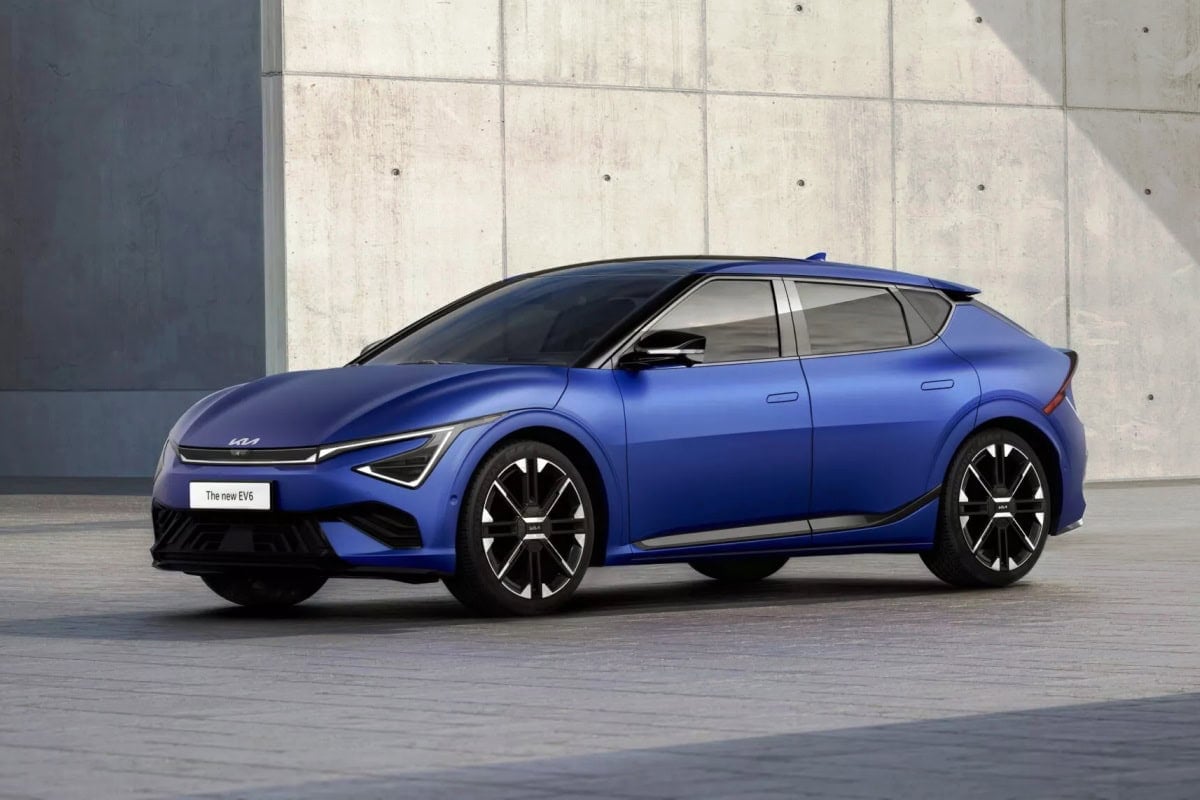
2. Kia EV6
The Kia EV6 delivers exceptional value through an impressive combination of efficiency, practicality, and surprisingly low running costs.
Built on the same E-GMP platform as the Hyundai Ioniq 5, the EV6 achieves remarkable efficiency ratings of 3.8-4.2 miles per kWh, depending on configuration, placing it among the most energy-efficient vehicles in its class.
This translates to annual electricity costs approximately 30% lower than comparable crossover EVs, with typical owners reporting around $500-600 in annual charging expenses for 12,000 miles of driving.
The EV6’s maintenance schedule is refreshingly minimal, requiring only basic inspections every 12,000 miles with no transmission fluid, spark plugs, or traditional brake service to worry about.
Kia’s commitment to quality is backed by comprehensive warranty coverage: 10 years/100,000 miles on the battery and 5 years/60,000 miles bumper-to-bumper protection.
The vehicle’s regenerative braking system significantly reduces wear on friction brakes, with many owners reporting original brake pads lasting beyond 80,000 miles, representing substantial savings compared to conventional vehicles.
Perhaps most impressive is the EV6’s technology package, which includes features that would cost thousands more in premium European alternatives.
The 800-volt architecture enables ultra-fast charging capabilities that minimize time spent at public chargers, reducing dependence on more expensive rapid-charging networks.
The vehicle-to-load function allows owners to power external devices or even other EVs, providing practical utility during outages or outdoor activities without requiring additional equipment purchases.
Insurance costs for the EV6 typically run 10-15% lower than luxury-branded competitors offering similar performance, while depreciation projections show the model retaining approximately 62% of its value after three years, significantly better than the segment average.
For maximum cost-effectiveness, the Wind RWD trim offers the sweet spot in the lineup, providing excellent range, feature content, and efficiency without the added expense and slightly reduced efficiency of AWD variants.
This careful balance of performance, practicality, and operating economy makes the EV6 one of the most financially sensible electric vehicle choices available today.
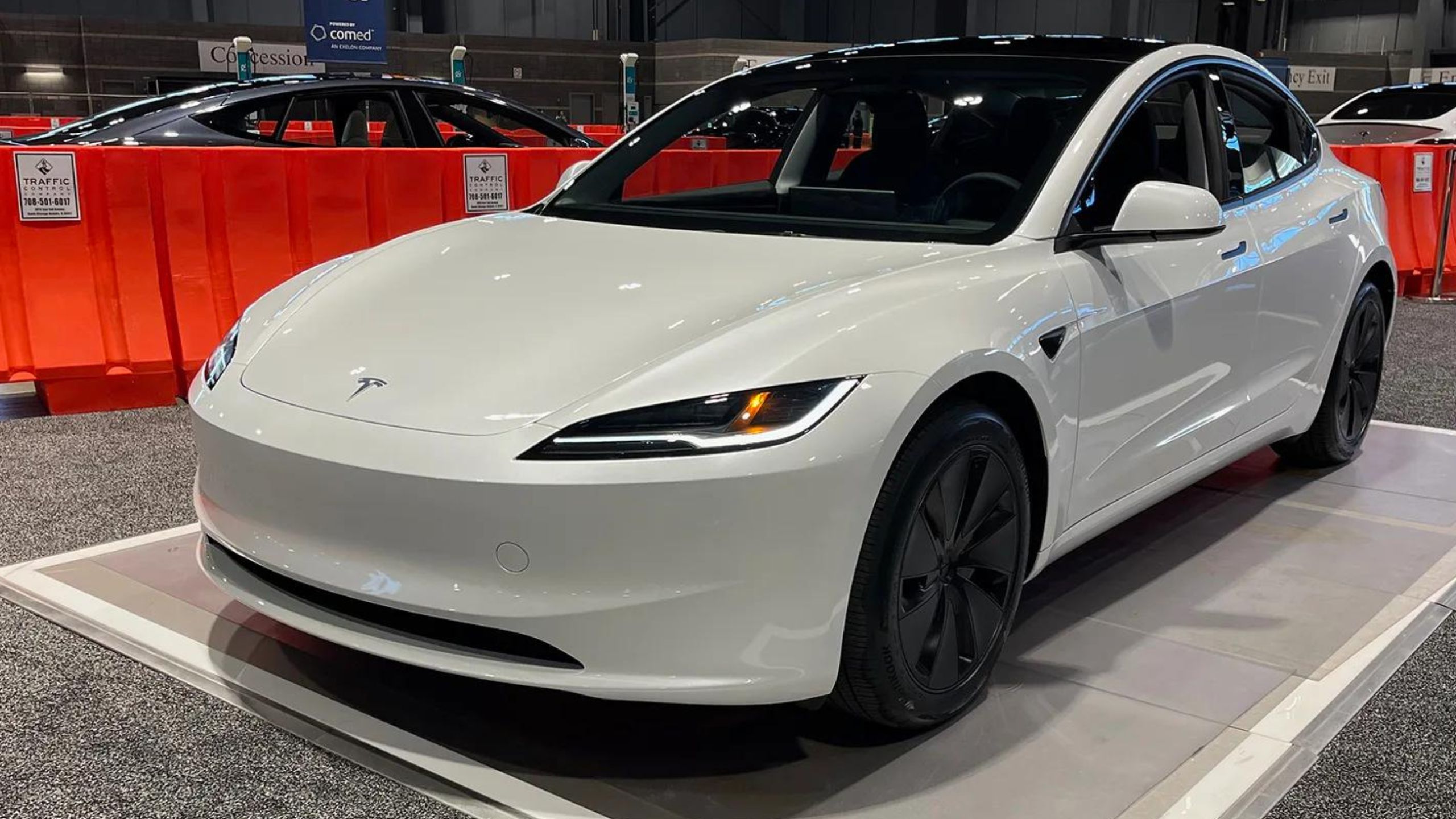
3. Tesla Model 3 Highland
The Tesla Model 3 Highland continues Tesla’s tradition of class-leading efficiency with impressive energy consumption rates of 3.9-4.3 miles per kWh, depending on configuration.
This exceptional efficiency directly impacts running costs, with owners typically reporting annual charging expenses of just $450-550 for 12,000 miles of driving when primarily charging at home.
The vehicle’s latest heat pump system further improves cold-weather efficiency, reducing the range loss that affects many competitors in winter conditions by up to 30%.
Tesla’s mature manufacturing processes and minimalist interior design contribute to impressive reliability statistics, with the latest Model 3 variants showing 23% fewer reported problems than the industry average for electric vehicles.
Maintenance requirements are remarkably sparse, with no regular fluid changes beyond windshield washer fluid and minimal scheduled service beyond tire rotations and cabin filter replacements every two years.
The regenerative braking system significantly extends the lifespan of brake components, with many owners reporting original brake pads lasting well beyond 100,000 miles.
The supercharger network represents perhaps the Model 3’s most significant running cost advantage. Despite recent price increases, Tesla’s extensive charging infrastructure still offers approximately 15-20% lower cost per kilowatt-hour than competitor networks while providing superior reliability and availability.
This infrastructure advantage eliminates much of the “charging anxiety” that can lead owners of other EVs to rely on more expensive rapid-charging options during long journeys.
Insurance costs for the Model 3 have improved significantly in recent years, with rates now comparable to similarly priced conventional vehicles in most markets a notable achievement for a high-performance EV.
The vehicle’s strong residual values further enhance its financial case, with three-year-old models typically retaining 65-70% of their original value, substantially outperforming most competitors.
For maximum cost-effectiveness, the rear-wheel-drive variant offers the optimal balance of purchase price, efficiency, and performance, though the long-range model’s extended range capability may prove more economical for drivers regularly undertaking longer journeys who would otherwise rely heavily on public charging infrastructure.
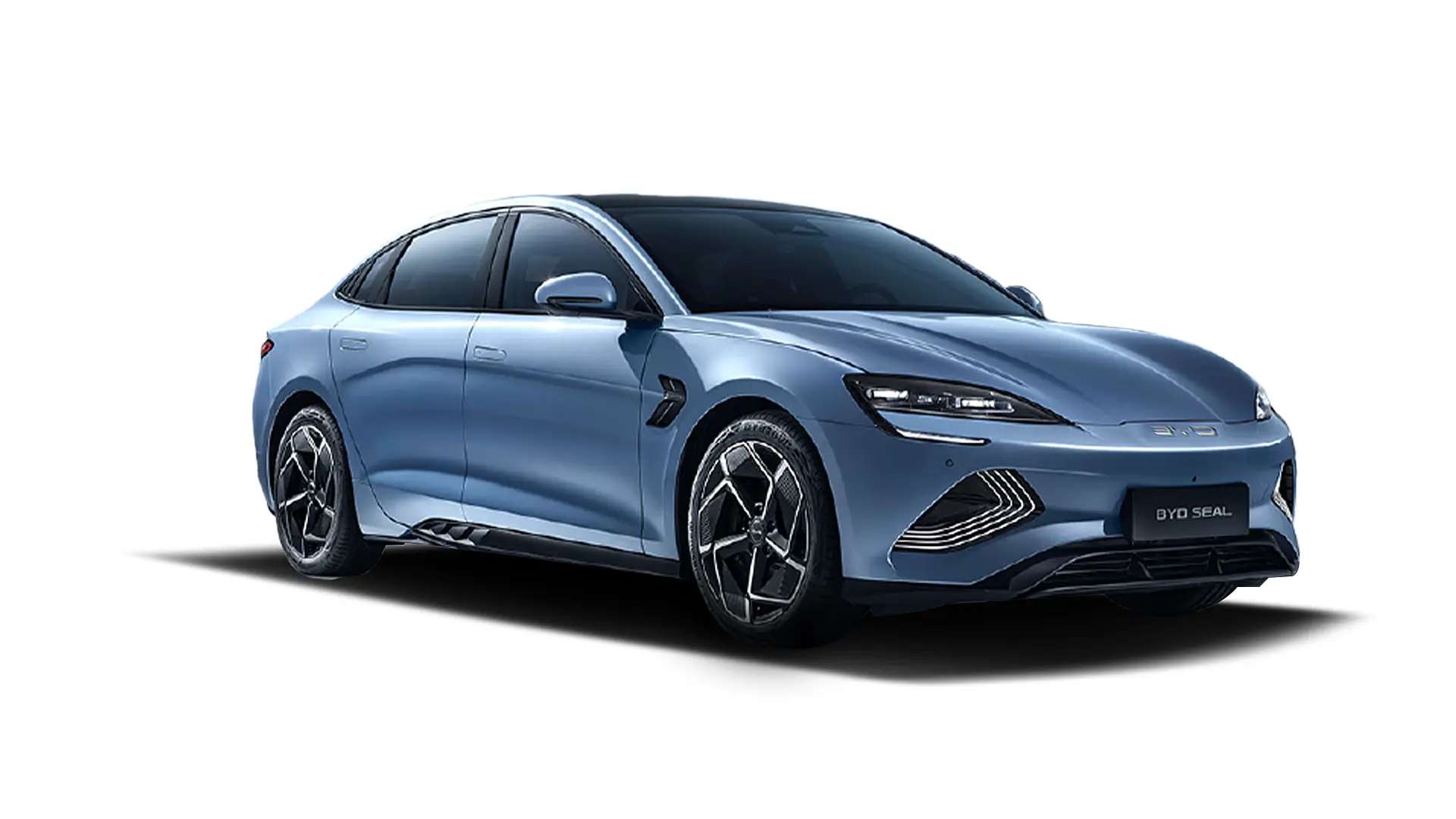
4. BYD Seal
The BYD Seal represents the vanguard of affordable electric motoring while delivering running costs that significantly undercut most competitors. At the heart of its cost advantage lies BYD’s proprietary Blade Battery technology, a lithium iron phosphate (LFP) chemistry that eliminates expensive cobalt and nickel, translating to remarkably low replacement costs if ever needed.
This battery design demonstrates exceptional cycle life, retaining over 90% capacity after 3,000 charge cycles (equivalent to approximately 750,000 miles), effectively eliminating battery degradation concerns for typical ownership periods.
Energy efficiency stands as another Seal highlight, with consumption rates averaging 16.1 kWh/100km, approximately 15% better than segment competitors with similar performance capabilities.
This efficiency advantage translates directly to lower charging costs, with typical owners reporting annual electricity expenses roughly $100-150 lower than comparable European or American alternatives.
The Seal’s cell-to-body integration further enhances structural integrity while reducing weight, contributing to both safety and efficiency. Maintenance requirements prove refreshingly minimal due to BYD’s integrated powertrain design, which eliminates many traditional wear components.
The oil-cooled motor system operates without the periodic maintenance intervals required by some competitors, while the heat pump system comes standard across all variants, optimizing efficiency in various climate conditions.
BYD’s vertical integration manufacturing everything from semiconductors to batteries in-house results in impressive component compatibility and availability, with replacement parts typically costing 20-30% less than equivalent components for Western competitors.
Insurance costs have proven surprisingly competitive despite the Seal’s relative newness to many markets, with rates typically matching established competitors.
This reflects strong safety credentials and growing insurer familiarity with BYD’s engineering approach. While depreciation patterns are still emerging, given the model’s recent global expansion, early indicators suggest depreciation rates comparable to mainstream EV competitors, a significant achievement for a brand still establishing its reputation in many markets.
The sweet spot in the range is unquestionably the mid-specification rear-wheel-drive variant, which balances purchase price, efficiency, and equipment without incurring the additional costs and slightly reduced efficiency of the dual-motor configuration.
Also Read: 5 Cars With DIY-Friendly Maintenance and 5 That Need Specialists
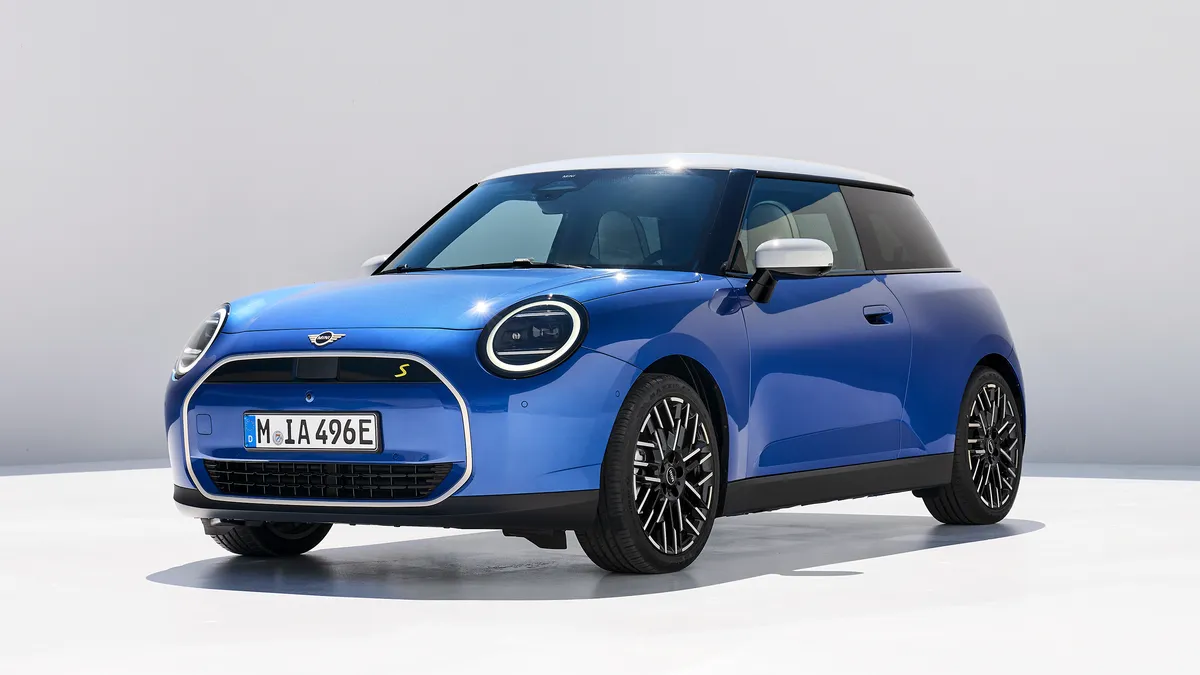
5. Mini Cooper Electric
The Mini Cooper Electric combines British charm with German engineering to deliver one of the most cost-effective urban EV ownership experiences available. Its compact battery (40.7 kWh usable capacity) significantly reduces purchase price compared to longer-range competitors while proving perfectly adequate for its intended urban and suburban use case.
This right-sized approach to battery capacity translates to remarkably low charging costs, with owners typically spending just $350-450 annually on electricity for 10,000 miles of predominantly city driving.
The vehicle’s lightweight design, weighing approximately 3,400 pounds, significantly less than most competitors, contributes to impressive efficiency of 3.8-4.1 miles per kWh in real-world urban driving.
This efficiency advantage extends component lifespans across the vehicle, with reduced stress on suspension components, brakes, and tires compared to heavier alternatives.
Maintenance requirements are similarly minimal, with BMW’s service schedule specifying only basic inspections at 24-month intervals and brake fluid replacement every three years, the only regular maintenance beyond tires and wiper blades.
Insurance costs represent another area where the Mini Electric shines, with premiums typically 10-15% lower than larger electric crossovers due to its city-friendly dimensions, excellent safety ratings, and lower repair costs.
The model’s tire costs are particularly economical, with its 17-inch wheels accommodating reasonably priced replacement rubber that typically lasts 40,000+ miles, thanks to the regenerative braking system reducing physical brake use.
Perhaps most surprisingly, the Mini Electric demonstrates excellent residual value retention, holding approximately 58% of its value after three years, significantly better than many EVs with similar range limitations.
This depreciation resistance reflects both the enduring appeal of the Mini brand and the vehicle’s perfect alignment with urban mobility needs. For maximum cost-effectiveness, the base level trim offers essentially identical running costs to higher specifications while avoiding the diminishing returns of premium options.
For urban dwellers with access to home charging, few electric vehicles can match the Mini Electric’s combination of character, quality, and exceptionally low operating expenses.
5 EVs That Aren’t Worth It
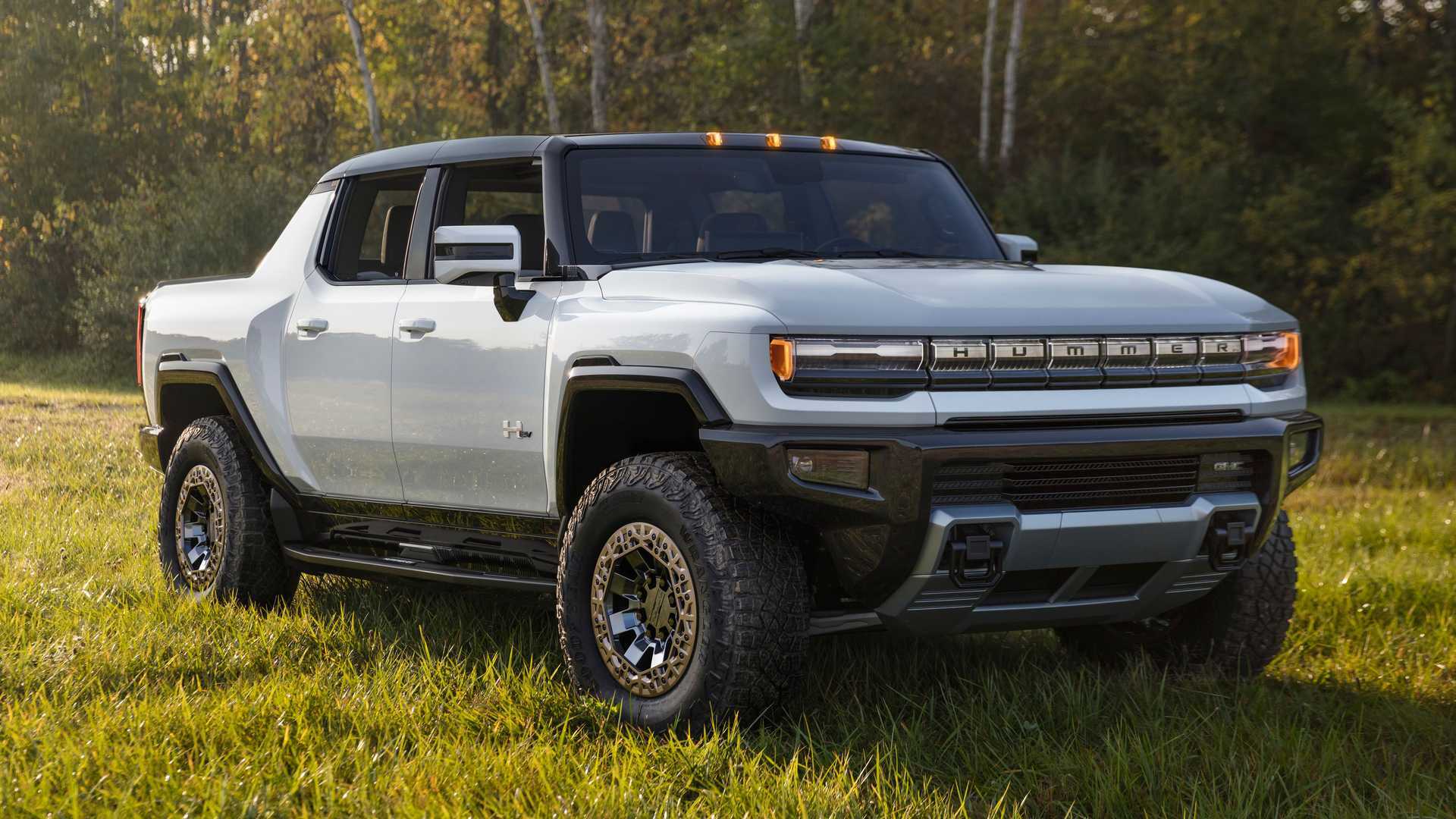
1. GMC Hummer EV
The GMC Hummer EV exemplifies electric excess with running costs that undermine many of the financial benefits traditionally associated with electric vehicles. At approximately 9,000 pounds, nearly twice the weight of many electric SUVs, the Hummer EV’s massive physical presence translates directly to alarming energy consumption.
Real-world efficiency averages a mere 1.5-1.7 miles per kWh, making it among the least efficient EVs on the market. This inefficiency results in charging costs approximately 2.5 times higher than average electric crossovers for equivalent mileage, with owners reporting annual electricity expenses exceeding $1,500 for typical driving patterns.
The vehicle’s extreme weight accelerates wear across numerous components, particularly affecting consumables like tires.
The standard 35-inch all-terrain tires typically require replacement every 30,000-35,000 miles at a cost exceeding $2,000 per set, a replacement interval and expense far exceeding most electric vehicles.
Suspension components similarly experience accelerated wear rates, with early owners reporting premature bushing and joint issues at mileage points where most modern vehicles remain trouble-free.
The Hummer EV’s complex removable roof panels, elaborate power-operated features, and proprietary “Crab Walk” steering system introduce additional maintenance concerns absent in more conventional designs.
These complex systems represent potential failure points, typically requiring dealer service at premium rates. Despite GM’s solid warranty coverage, the vehicle’s first-generation technology platform raises concerns about long-term reliability and parts availability as the vehicle ages beyond warranty protection.
Insurance costs present another significant expense, with premiums averaging 30-40% higher than conventional electric SUVs due to the combination of high purchase price, expensive replacement parts, and limited repair network capability.
Perhaps most concerning is the vehicle’s projected depreciation curve, with industry analysts forecasting residual values approximately 15% lower than segment averages after three years, reflecting concerns about the vehicle’s practical limitations and excessive operating costs.
While the Hummer EV undeniably delivers impressive performance and presence, its running costs undermine the economic case that helps make other electric vehicles financially attractive propositions over their lifetime.
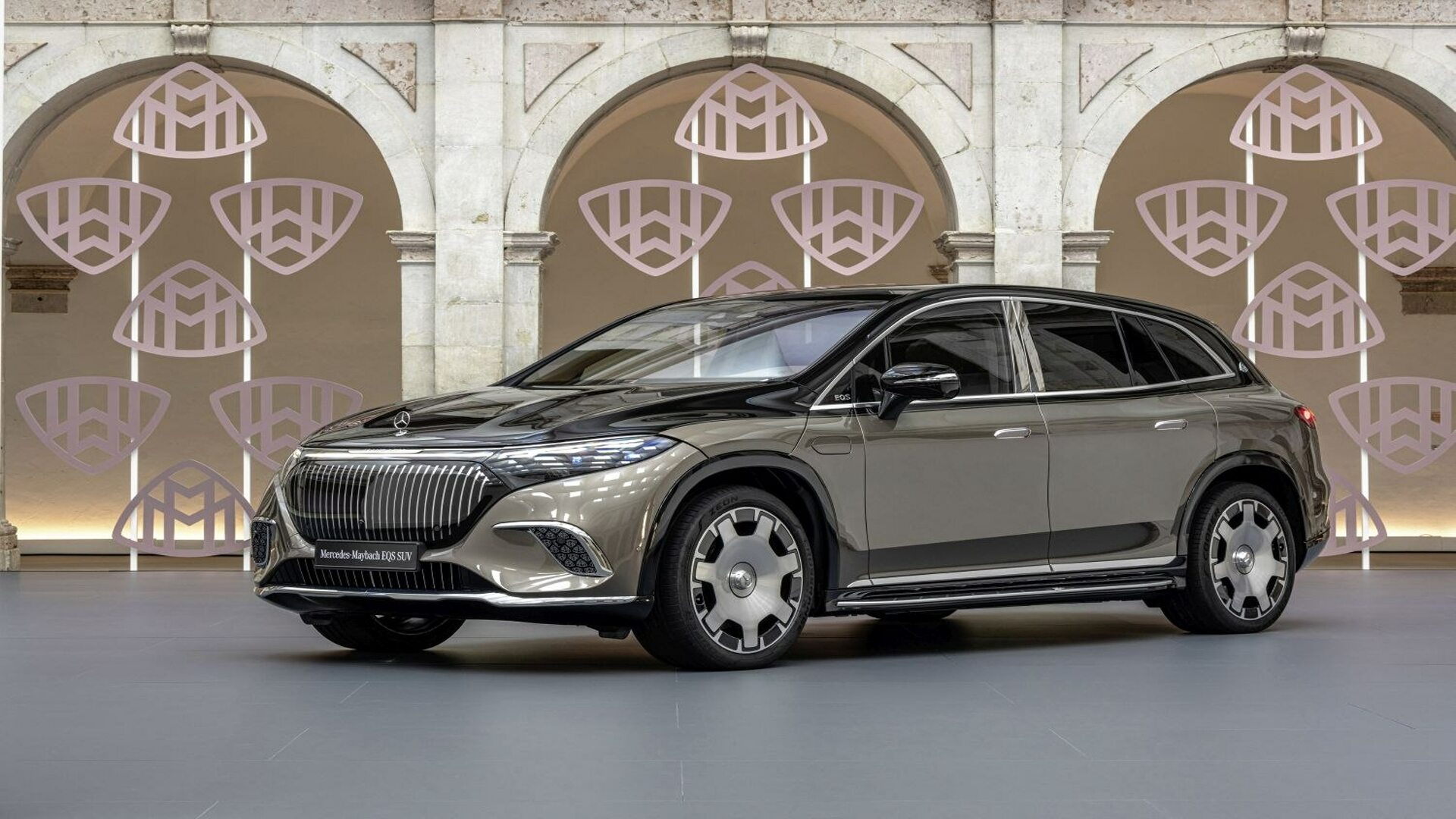
2. Mercedes EQS SUV
The Mercedes EQS SUV represents the pinnacle of electric luxury, but this distinction comes with running costs that challenge even affluent owners.
Despite its sophisticated engineering, the EQS SUV struggles with efficiency, averaging just 2.1-2.3 miles per kWh in real-world driving, significantly lower than similarly sized competitors like the BMW iX.
This efficiency deficit translates directly to higher charging costs, with owners reporting annual electricity expenses approximately 25-30% higher than class competitors for equivalent mileage profiles.
Mercedes’ cutting-edge technology, while impressive, introduces concerning complexity when considering long-term maintenance implications. The 56-inch Hyperscreen display, the centerpiece of the vehicle’s interior, represents a potential $12,000 replacement cost if damaged beyond warranty coverage.
Similarly, the advanced air suspension system, while delivering exceptional ride quality, typically requires specialized maintenance at 40,000-50,000 mile intervals, costing $2,000-3,000, expenses largely absent from simpler EV designs.
Insurance premiums reflect both the vehicle’s high purchase price and complex systems, with typical annual policies costing 15-20% more than those for comparable luxury electric SUVs.
These raised premiums are partly driven by repair complexity, even minor front-end damage often necessitates recalibration of multiple advanced driver assistance systems housed behind the front fascia, significantly increasing repair costs for even modest incidents.
Perhaps most concerning is the EQS SUV’s projected depreciation trajectory. Analysis from multiple automotive valuation services suggests first-generation Mercedes electric models are experiencing depreciation rates approximately 10-15% steeper than established competitors, with three-year residual values projected at just 48-52% of original MSRP.
This accelerated depreciation reflects both market concerns about battery technology obsolescence and the rapid pace of innovation, making today’s flagship features potentially outdated within a few years.
While the EQS SUV delivers an undeniably opulent electric experience, more financially prudent luxury shoppers might consider alternatives like the BMW iX or Rivian R1S, which offer comparable luxury with significantly lower running costs and stronger residual value projections.
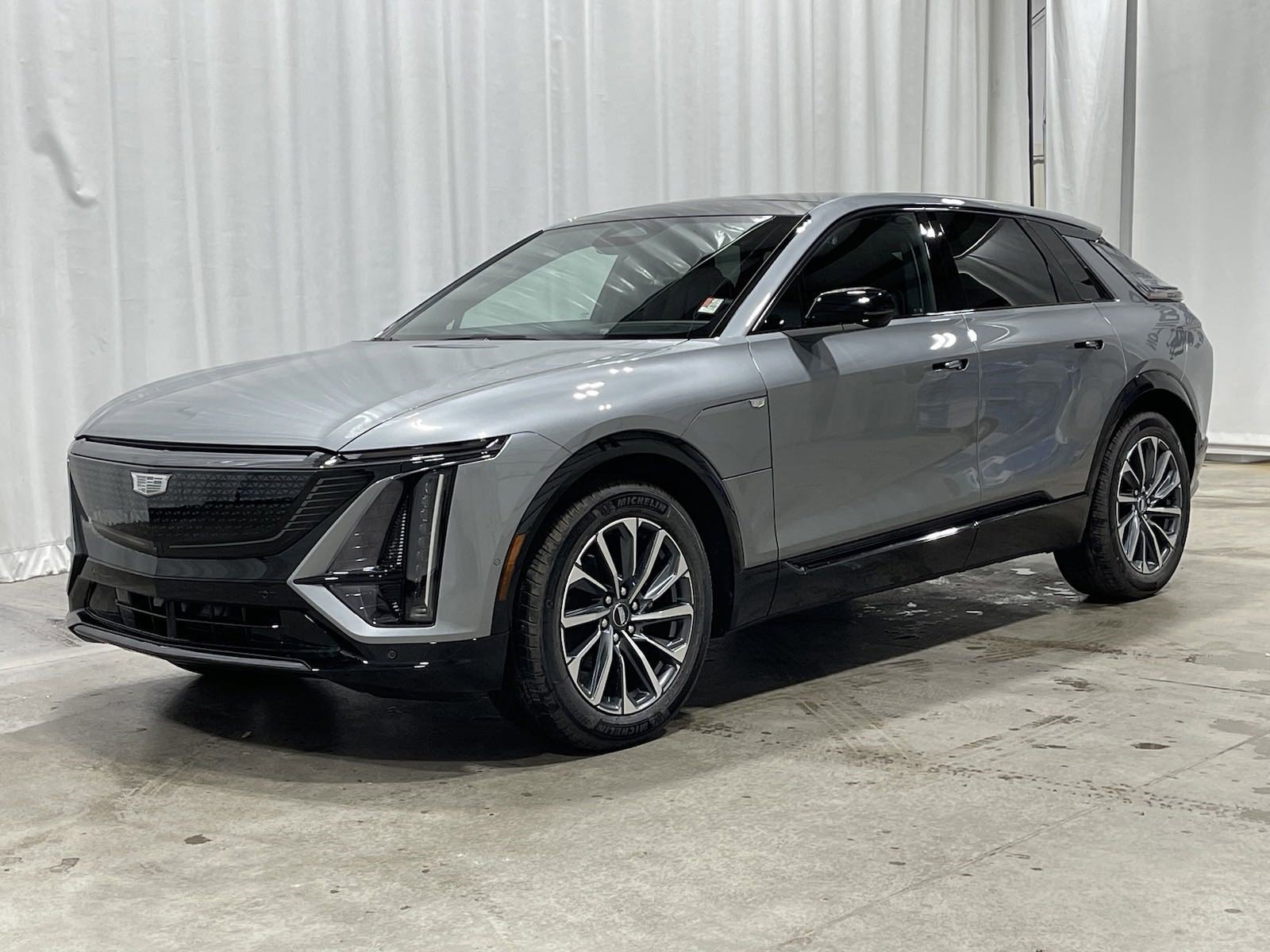
3. Cadillac Lyriq
The Cadillac Lyriq, while visually striking and technologically ambitious, presents several concerning factors regarding long-term running costs that potential buyers should carefully consider. As GM’s first dedicated luxury EV platform, the Lyriq suffers from first-generation technology issues that impact both reliability and operating expenses.
Early production models have demonstrated software inconsistencies requiring multiple dealer visits for updates and recalibrations, inconveniences that translate to additional time costs for owners, even when covered under warranty.
Energy efficiency falls noticeably below segment leaders, with real-world consumption averaging 2.9-3.1 miles per kWh, approximately 15% less efficient than key competitors like the Genesis GV60 and BMW iX.
This efficiency deficit directly impacts charging costs, with Lyriq owners reporting annual electricity expenses $150-200 higher than owners of more efficient alternatives traveling equivalent distances.
The vehicle’s DC fast charging curve also reveals limitations, with charging speeds tapering more aggressively than competitors after 60% state of charge, extending long-distance travel times and potentially increasing reliance on more expensive public charging.
Service requirements present another area of concern, with Cadillac’s dealer network still developing expertise in electric vehicle maintenance.
Early owners report service appointment availability significantly more limited than for conventional Cadillac models, with specialized technician availability often creating multi-week waits for even minor issues.
The Lyriq’s complex, capacitive-touch interior controls have demonstrated higher-than-average failure rates in GM’s recent models, suggesting potential for expensive out-of-warranty repairs as vehicles age.
Most concerning for long-term value is the Lyriq’s projected depreciation curve. Automotive valuation experts forecast three-year residual values 5-8% below segment averages, reflecting both Cadillac’s historically challenging residual performance and market skepticism about GM’s first-generation dedicated electric platform.
Insurance costs similarly trend 10-15% above class averages, partly reflecting limited parts availability and repair network capability during the model’s early production cycle.
While the Lyriq offers distinctive styling and an impressively quiet cabin, its combination of higher operating costs, uncertain reliability, and accelerated depreciation makes it difficult to recommend from a financial perspective compared to more established alternatives that deliver superior efficiency and stronger value retention.
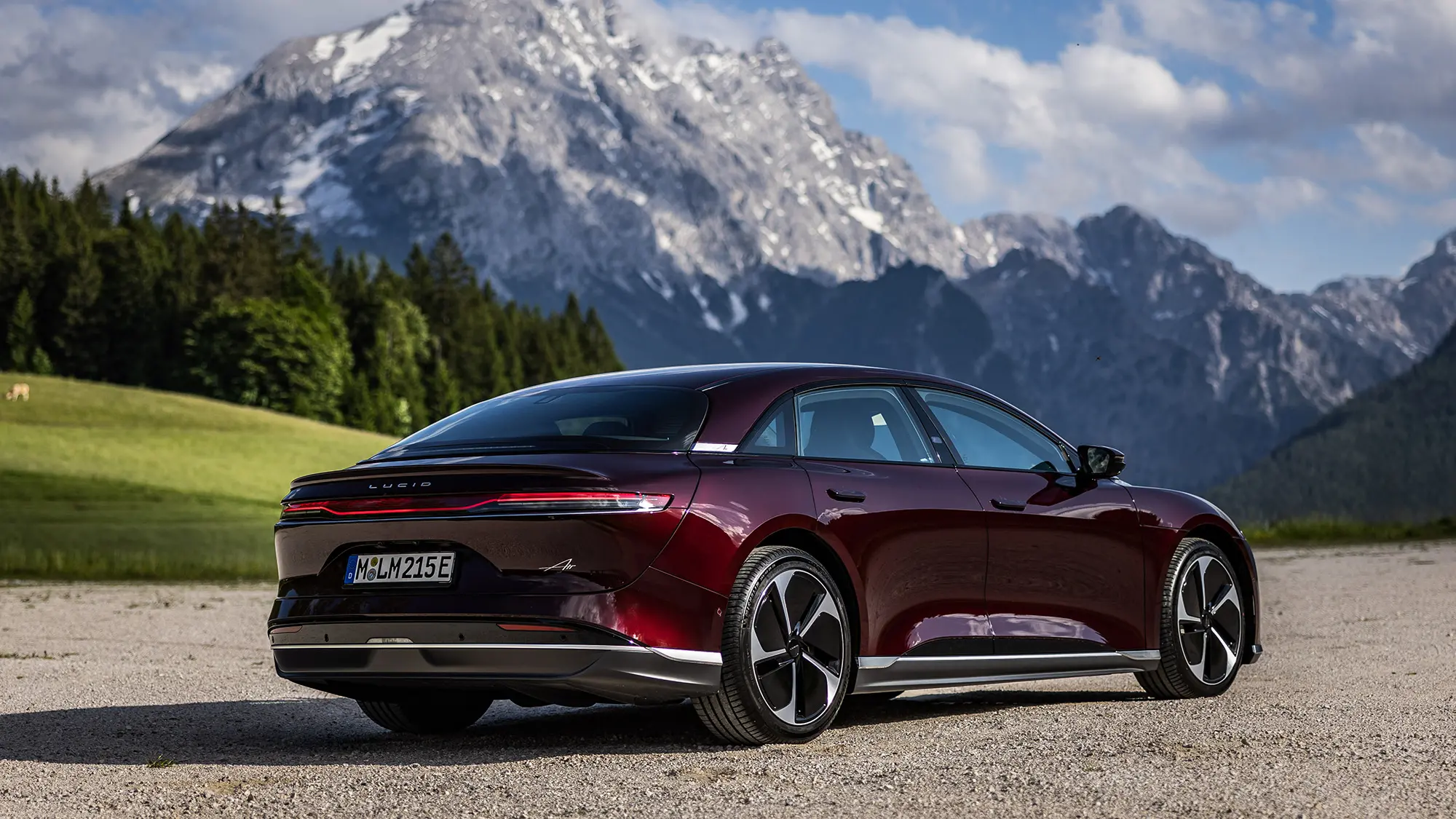
4. Lucid Air
The Lucid Air represents a remarkable engineering achievement with its industry-leading range and performance metrics, but these impressive specifications come with running costs that merit serious consideration.
The vehicle’s purchase price starting at $69,900 for the base Pure model and escalating rapidly to over $125,000 for well-equipped variants places it firmly in ultra-premium territory where depreciation typically hits hardest.
Industry projections suggest three-year residual values of just 45-48% for higher-trim models, significantly underperforming established luxury brands and potentially translating to depreciation costs exceeding $20,000 annually for top-specification variants.
Maintenance presents another area of concern given Lucid’s limited service network, with just 40 service locations nationwide as of early 2025. This restricted infrastructure means many owners face significant travel time and transportation costs for even routine service needs.
The Air’s bespoke components and limited production volumes result in parts costs approximately 30-40% higher than mainstream luxury EVs when repair needs arise, a factor further amplified by longer waiting periods for specialized components.
Insurance expenses significantly exceed those of comparable electric vehicles, with premiums typically 25-30% higher than those for similarly priced Tesla or German luxury alternatives.
These raised rates reflect both the vehicle’s high performance capabilities and insurers’ limited claims history data for this relatively new manufacturer.
The Air’s complex dual-motor architecture and proprietary battery management system present potential long-term reliability questions that remain unanswered, given the brand’s limited production history and real-world durability data.
While the Air delivers undeniable efficiency for its performance class (averaging 4.3-4.7 miles per kWh in optimal conditions), this advantage is largely offset by its premium charging requirements.
The battery’s 900+ volt architecture, while enabling impressive fast-charging capabilities, remains compatible with fewer public charging stations than 400V alternatives.
Furthermore, maximizing battery longevity in the complex pack requires adherence to specific charging protocols that often preclude the use of more affordable, lower-powered public charging options.
For wealthy early adopters, these limitations may seem acceptable tradeoffs for the Air’s remarkable capabilities, but for value-conscious luxury shoppers, the combination of accelerated depreciation, limited service infrastructure, and premium operating costs makes alternatives from more established manufacturers financially prudent choices despite their occasionally less impressive specifications.

5. Maserati Grecale Folgore
The Maserati Grecale Folgore exemplifies how traditional luxury marques sometimes struggle with electric vehicle fundamentals, resulting in operating costs that significantly undermine ownership value.
Despite its premium positioning and pricing that starts above $85,000, the Grecale Folgore delivers surprisingly mediocre efficiency with real-world energy consumption averaging just 2.3-2.5 miles per kWh, approximately 25% less efficient than similarly sized competitors.
This inefficiency directly translates to higher charging costs, with typical owners reporting annual electricity expenses $300-400 higher than those driving more efficient luxury electric crossovers.
Maintenance requirements reveal the compromises inherent in Maserati’s adapted platform approach rather than a dedicated EV architecture.
The vehicle retains numerous conventional vehicle maintenance points, including multiple coolant systems requiring service at 36,000-mile intervals that are absent in purpose-built electric competitors.
Maserati’s notoriously expensive service costs carry over to their electric offering, with scheduled maintenance averaging 30-40% higher than equivalent services for German luxury EVs, according to multiple independent service cost comparisons.
Parts availability presents another significant concern, with Maserati’s limited dealer network and traditionally slow parts supply chain resulting in longer repair times and potential extended vehicle downtime.
Early warranty claim data suggests electronics reliability concerns reminiscent of Maserati’s conventional models, with infotainment and climate control systems demonstrating higher-than-average fault rates compared to competitive luxury EVs.
These reliability concerns are particularly problematic given the limited availability of Maserati-certified EV technicians, with many owners reporting multi-week waits for specialized service appointments.
Perhaps most alarming is the Grecale Folgore’s projected depreciation curve. Automotive valuation experts forecast residual values falling to approximately 38-42% after three years among the weakest in the premium electric segment and potentially representing over $50,000 in lost value during initial ownership years for well-equipped examples.
Insurance costs similarly reflect both the Maserati premium and specific concerns about this model, with typical premiums running 20-25% higher than those for similarly priced alternatives from more established electric vehicle manufacturers.
While the Grecale Folgore delivers undeniable brand cachet and Italian design flair, its combination of inefficient operation, high maintenance requirements, questionable reliability, and catastrophic depreciation makes it perhaps the least financially sound choice in the premium electric vehicle world.
Also Read: 5 Compact Cars That Run Forever and 5 That Won’t Make It Past 150K

